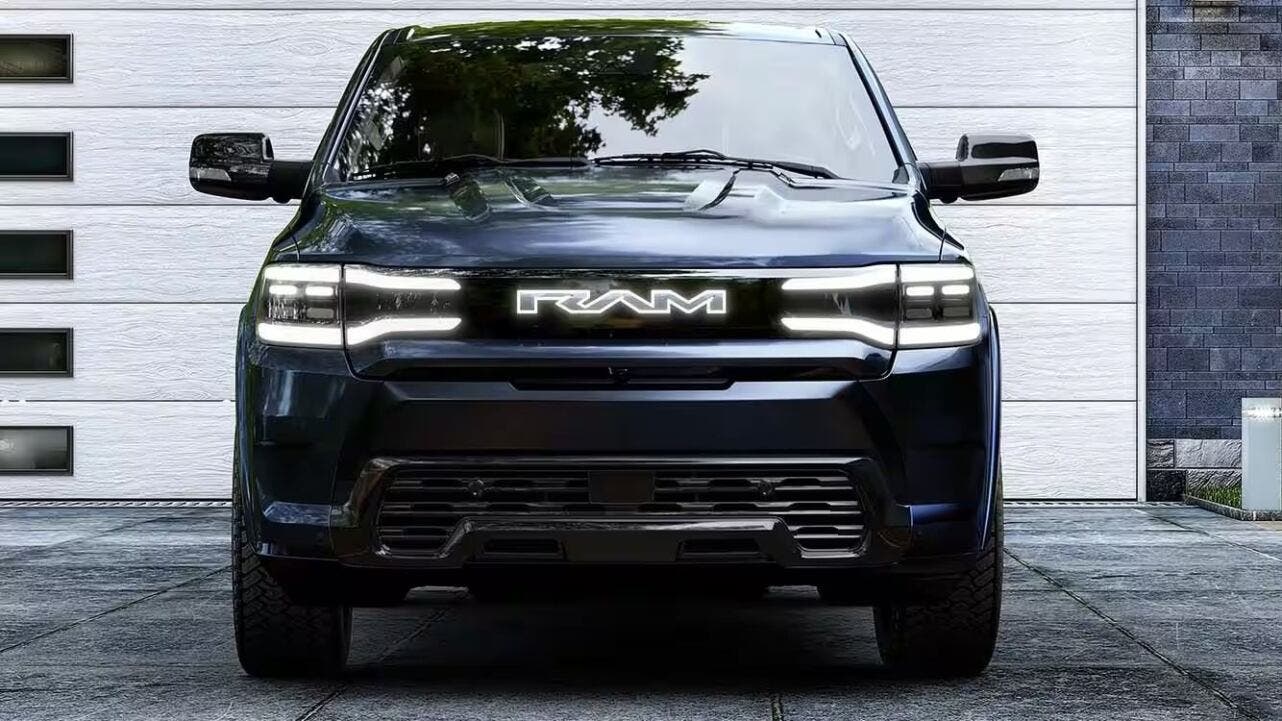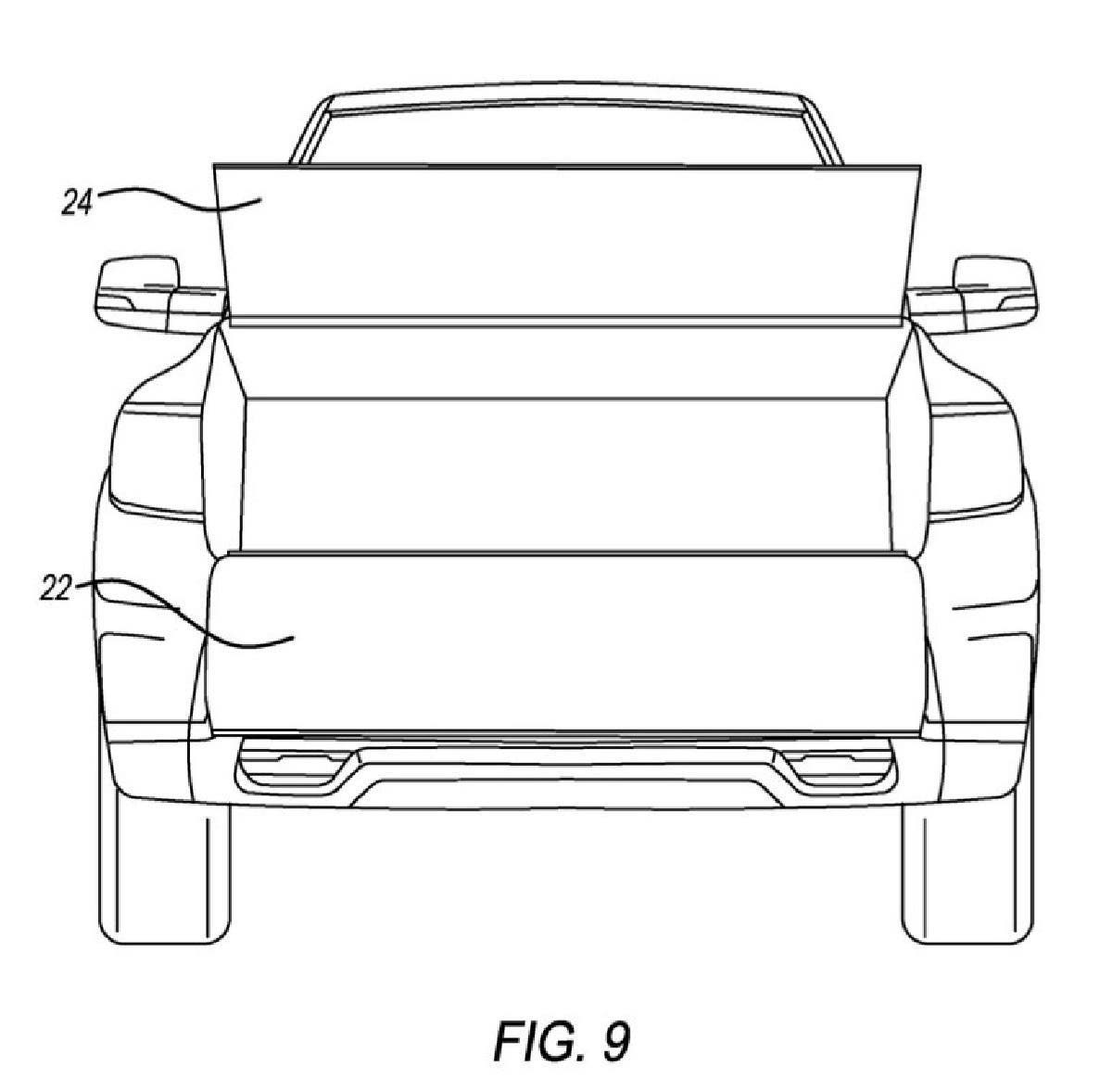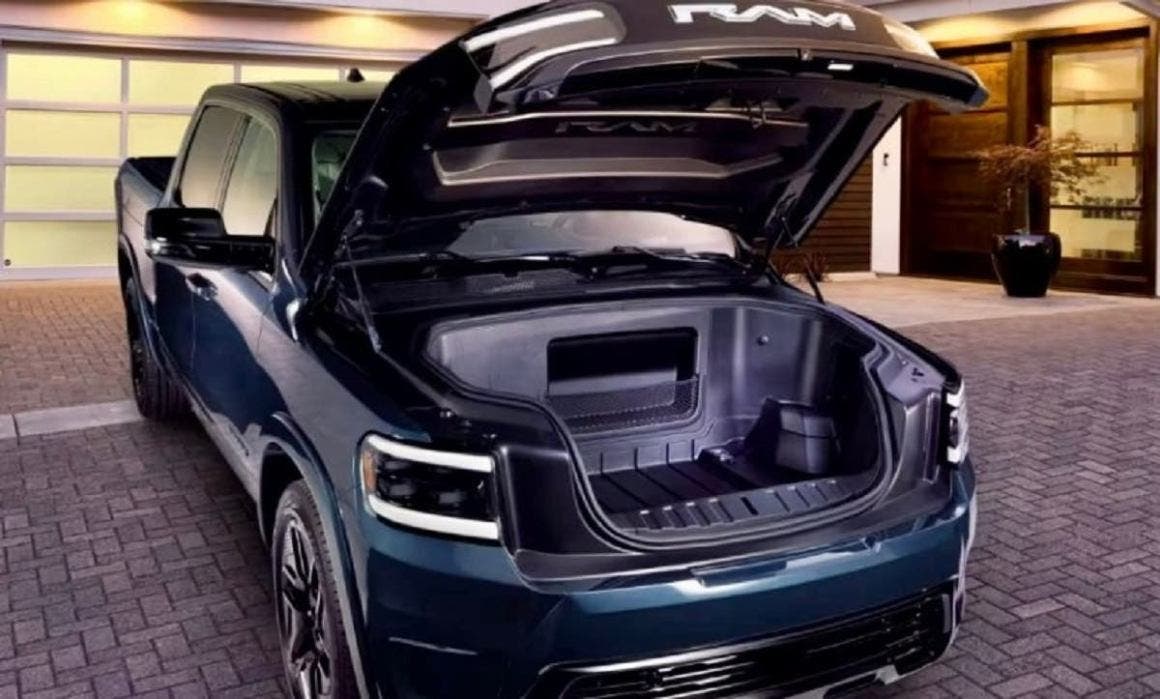Stellantis has secured an important patent for an innovative hood design specifically conceived for electric vehicles, as revealed by the United States Patent and Trademark Office (USPTO). This new solution represents a significant step forward in redesigning spaces traditionally occupied by internal combustion engines.
The new design stands out for its 90° to 120° opening capability, significantly greater than the traditional 45°-50° of conventional hoods. This feature allows much broader access to the front “frunk”, greatly facilitating loading and unloading operations.
Stellantis patents new hood design for electric cars

The patent presents several innovative configurations for hood opening: longitudinal doors that open along the vehicle’s axis, accordion or folding doors that fold sideways, and roll-up doors that slide toward the windshield, grille, or fenders. Each solution has been designed to maximize accessibility and space utilization.
Interestingly, most of the patent drawings show this design on the Ram 1500 REV, suggesting that Ram might extend its reputation for functionality from the rear to the front of the vehicle. The side profile in the drawings also resembles the design of a mid-size Ram pickup presented during Stellantis’ EV Day 2021, a vehicle based on the STLA Large architecture scheduled for production after 2026.
The design places particular emphasis on creating a completely open and accessible cargo space. When the hood is open, the area above the cargo space remains free from obstructions, allowing easy access from multiple angles. This is achieved through precise door positioning, defined in the patent using an “imaginary cylinder” concept.

Among the main advantages of this solution are significantly improved user safety, reducing the risk of injury during loading operations, greater accessibility thanks to the ability to load and unload objects from different angles, and harmonious integration with the overall vehicle design.
Although this design is primarily intended for electric vehicles, it could also find application in vehicles with internal combustion engines, particularly those with reduced engine compartments or hybrid vehicles. This patent reflects the automotive industry’s trend to completely rethink vehicle design in the electrification era, seeking increasingly practical and user-oriented solutions.

